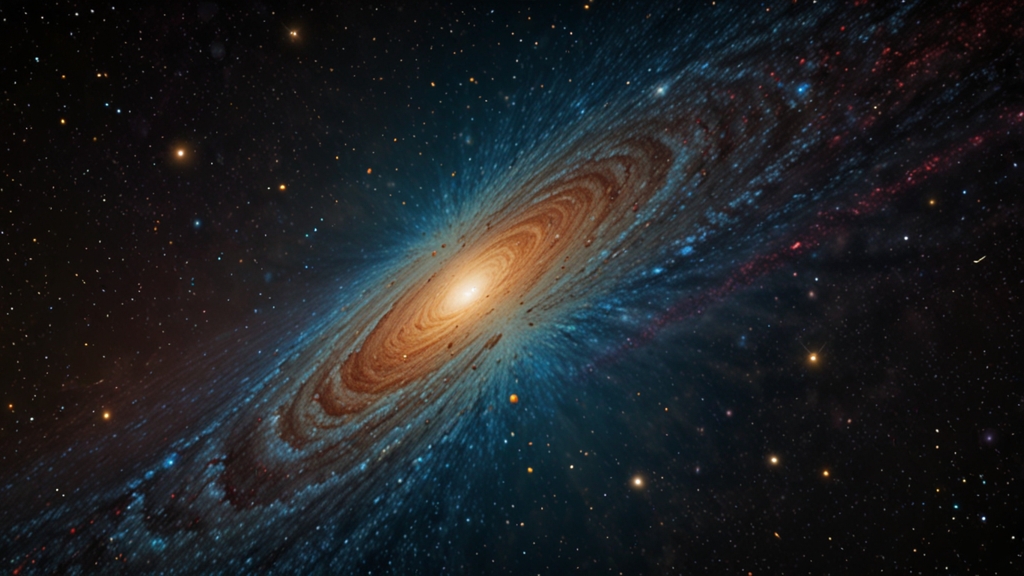The Quest for a Unified Theory Bridging the Gaps in Physics
For over a century, physicists have been on an ambitious quest: the search for a unifying theory that can explain and connect all fundamental forces of nature. This "theory of everything" is not merely a scientific curiosity but a profound pursuit to understand the workings of the universe from the smallest particles to the largest cosmic structures.
Two Pillars of Modern Physics
Modern physics stands primarily on two monumental theories: Quantum Mechanics and General Relativity. Quantum Mechanics provides a framework for understanding the universe at a microscopic scale—atoms and subatomic particles. It describes how particles behave, interact, and exist in a probabilistic manner, governed by wavefunctions and uncertainty principles.
On the other hand, General Relativity, proposed by Albert Einstein, describes the macroscopic world. It elucidates how mass and energy influence the fabric of space and time, resulting in gravitational effects. This theory explains phenomena such as the bending of light by gravity and the expansion of the universe.
The Incompatibility Problem
Despite the success of these theories, they are fundamentally incompatible. Quantum mechanics operates under the assumption that forces are mediated by discrete particles within the probabilistic frameworks. General Relativity, however, treats gravity as a smooth, continuous deformation of spacetime. Attempts to describe gravitational interactions within the quantum realm often result in non-renormalizable infinities—essentially, equations that break down and yield nonsensical answers.
“The dream of finding a unified theory is a magnificent one, a theory that would allow us to understand the force of gravity as another manifestation of the quantum world.” – Stephen Hawking
String Theory and Loop Quantum Gravity
Several promising candidates for a unified theory have emerged. One of the most notable is String Theory. At its core, String Theory postulates that the fundamental constituents of the universe are not point particles but one-dimensional "strings" that vibrate at different frequencies. These vibrations give rise to the various particles and forces we observe. String Theory inherently incorporates gravity, thus providing a potential reconciliation between Quantum Mechanics and General Relativity.
Another contender is Loop Quantum Gravity (LQG). This theory attempts to quantize spacetime itself, breaking it down into discrete chunks at the Planck scale. LQG posits that space is composed of tiny loops woven into a network, offering a possible solution to incorporating gravity within a quantum framework.
Challenges and Current Research
Despite the elegance and potential of these theories, they are not without challenges. One significant issue is the lack of experimental evidence. String Theory, for example, posits extra dimensions beyond the familiar four-dimensional spacetime but proving their existence has been elusive. Similarly, Loop Quantum Gravity's predictions about the granular nature of spacetime have yet to be empirically validated.
“Nature uses only the longest threads to weave her patterns, so each small piece of her fabric reveals the organization of the entire tapestry.” – Richard Feynman
Current research is focused on refining these theories and seeking observational evidence. Physicists are also exploring other models, such as Supersymmetry and Quantum Field Theory advancements. The Large Hadron Collider and other high-energy particle accelerators play crucial roles in probing these fundamental questions.
The Implications of a Unified Theory
The discovery of a unified theory would represent a monumental leap in human understanding, potentially answering some of the most profound questions about the universe's origin, structure, and ultimate fate. It would bridge the disparate realms of quantum phenomena and cosmic, gravitational effects, providing a cohesive picture of the laws governing everything.
While the journey to find this unifying framework is fraught with challenges, the quest itself pushes the boundaries of knowledge and technology. Regardless of whether physicists ultimately succeed, the pursuit of a unified theory continues to inspire generations, driving innovation and deepening our appreciation for the complex, wondrous universe we inhabit.
In conclusion, the quest for a unified theory is one of the most ambitious scientific endeavors of our time. It seeks to close the gaps between the principles of quantum mechanics and the laws governing spacetime as described by General Relativity. Through persistent exploration and technological advancements, this pursuit will undoubtedly continue to shape the future of physics and our understanding of the cosmos.









